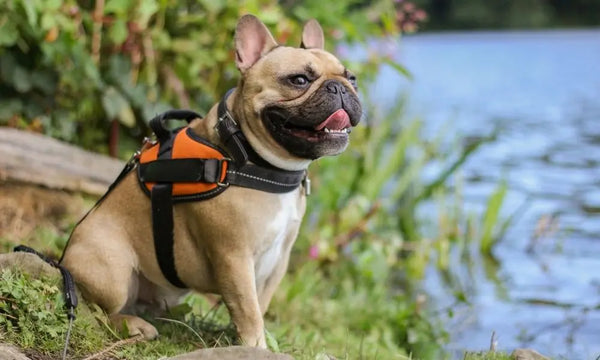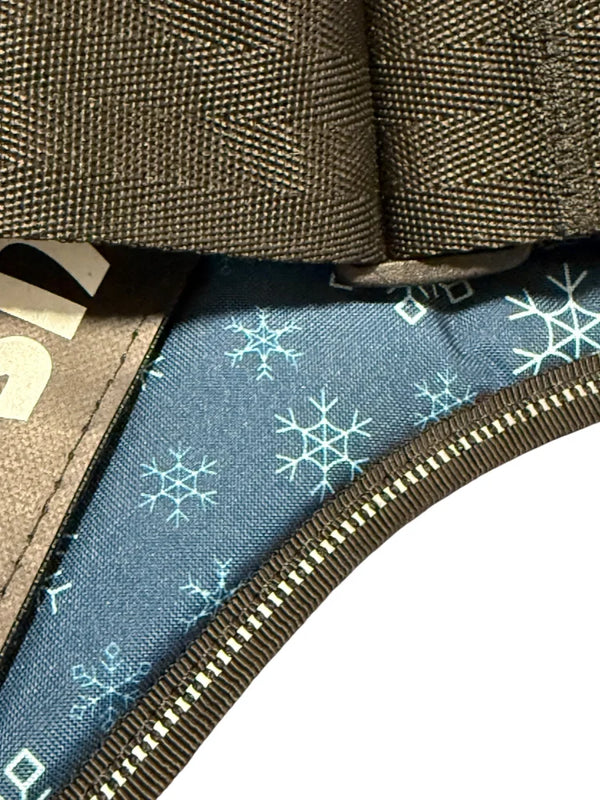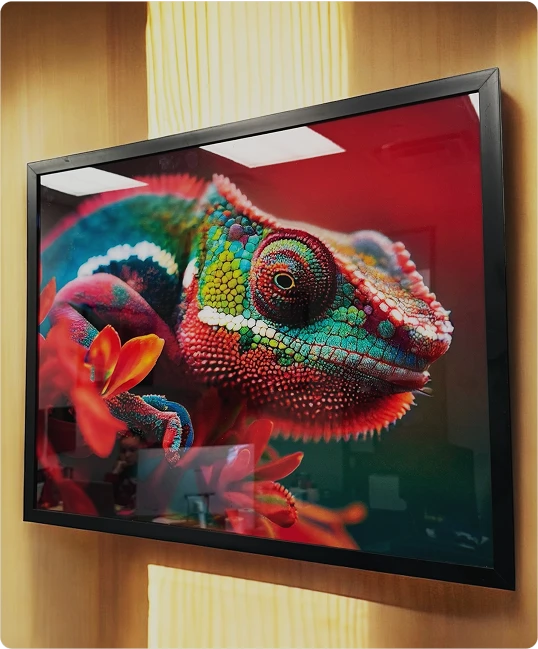
Top Tips for Choosing a Harness for Your Dog

Harnesses are a fantastic alternative to the classic collar. They’re less likely to chafe, choke, or irritate a dog’s neck and can make it easier for an owner to control larger, unwieldy dogs. But since there’s a wide variety of types, sizes, and styles available, it can be difficult to determine what best suits both the owner and the pet’s needs. These top tips for choosing a harness for your dog will help you to pick out the perfect type of harness for you and your pooch.
Type of Harness
One of the first things to consider when choosing a harness for your dog is the harness’s intended purpose. Different types of harnesses are suited to different needs.
Classic
Classic, adjustable harnesses are ideal for leisurely strolls or jogs around the neighborhood.
Sling
If you’re looking to improve your dog's mobility, a sling harness might be a better choice. This type is ideal for older dogs or pups with injuries or disabilities.
Anti-Traction
Anti-traction harnesses will prevent you from being dragged around the block by stronger, more excitable dogs. These harnesses make it easier to remain in control and put far less pressure on your wrists than traditional harnesses.
Husky & Flyball
Are you and your dog more active? Husky and Flyball harnesses, which are flexible and strong, are ideal for use during sports or training exercises.
Custom dog harness manufacturers carry expansive inventories of harnesses and harness accessories, which makes it easy to shop and compare the different styles, colors, fabrics, and types.
Size & Fit
Harnesses aren’t always one-size-fits-all. The proper fit is tailored to both your dog’s weight and overall size. To determine your dog’s chest measurement, wrap a measuring tape just behind their front legs. The ideal harness will be five centimeters, or two inches, larger than the number the measuring tape gives.
Some harnesses give more general measurements. XS harnesses fit the smallest breeds, like Chihuahuas and Yorkshire Terriers, while size XL is reserved for Labradors, larger Poodles, and stockier breeds. You can typically find detailed sizing guides online.
Fabric & Style
When determining the right type of fabric and style for your dog’s new harness, it’s important to take both comfort and aesthetic into account. Most harnesses are made from either nylon or other synthetic fabrics. These are easily adjustable and work well in humid areas with wetter weather. Leather is another good option. If you’re looking to make your dog’s harness extra comfortable, you can buy one with light padding. Padded harnesses come with additional costs but make up for it in their quality.
If you want to add a bit of personality and liveliness to your dog’s harness, consider purchasing one with bright colors, an eclectic pattern, or personalized patches.



